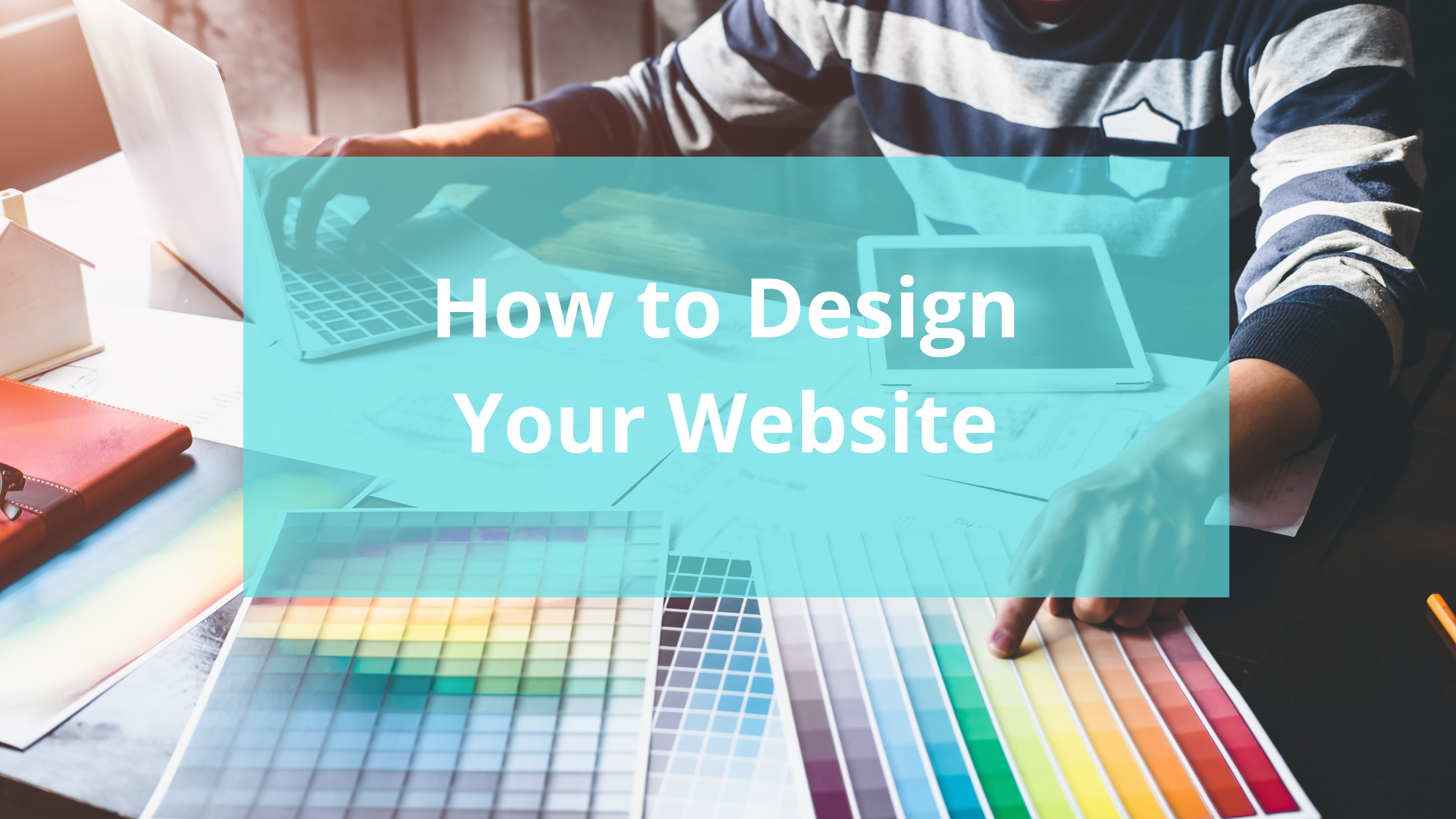Build a Website, Step 2: How to Choose a Website Platform
See my original post 7 Steps to a New Website for all the steps involved in building a new website.
Once you’ve summarized the goals of your new website, the next step is to select a platform. Let’s start with a definition: a website platform is the software you use to design and build and (ideally) host your website. For small businesses and creative entrepreneurs, a website platform should include:
Beautiful design options
Easy back-end system for building and updating for a non-technical person
Hosting for the website and domain with excellent security
Scalable - Flexibility to grow (add ecommerce, blogging, scheduling, etc.)
Integrations with other platforms
Excellent help and customer service
Well known and easy to hire experts if the need arises
Cost
There are lots of website platforms that can do all this, so select a platform that fits the needs of your primary goals:
Simple small business site
There are 3 main players that make the top 3 on most expert comparisons: Squarespace (my choice), Wix, or Weebly.
Here are some in-depth reviews from Website Builder Expert and Business.org.
E-Commerce
Again, there are 3 main players that get mentioned on most “best of” lists: Shopify, Wix, and Squarespace. Here are some in-depth reviews for ecommerce: Inc magazine and Website Builder Expert.
Portfolios
Once again, we have 3 platforms that are generally recognized as the best overall when building an online portfolio: Squarespace, Wix, and Weebly.
Here are some detailed reviews from Website Builder Expert.
You’ll notice that Squarespace and Wix appear in the top of most lists, with Weebly also appearing frequently, and Shopify mentioned a lot for ecommerce.
My Recommendation
I always recommend Squarespace as that is where I have the most experience and I’ve been very happy with this platform. Designs are beautiful and flexible. They consistently upgrade their software and it’s well integrated with other systems (including domain hosting, Google Workspace, Accuity, Unsplash stock photos, most social media platforms, OpenTable, and more). Cost is reasonable and inline with other platforms - $144 annually to start. And, for me, it’s dead easy. I am sure that Wix, Weebly and Shopify can also provide a great website building experience, but having only dabbled in them, I can’t recommend.
What about GoDaddy, Google Sites, etc.?
Don’t go with cheap or fast - you will lose out on quality. There’s a reason why they’re not in the top 3 on most lists. Even if you can build a site more quickly or more cheaply on GoDaddy or Google Sites, you will find they do not scale well (that is, grow with additional functionality) as your business grows. So you’ll end up moving to another platform, most likely. Also, it’s harder to find experts who build on those sites if you ever need help. Often cheap and fast sites end up costing more in the long run.
What about Wordpress?
Ok, I will admit that I am absolutely against Wordpress for small businesses. It’s just too complicated! I’ve used it a lot, so hear me out: On my own, I built a Wordpress site, maintained it for a year, and it was hacked twice before I gave up. My bad, as I should have been more vigilant with installing updated security patches, but the simple truth is that Wordpress takes a lot of time and expertise to maintain - it’s just not worth it when so many other platforms can provide the same functionality or better. I’ve also managed larger Wordpress sites and it was fine, but required dedicated expert designers and coders to maintain. Here’s a good comparison of Squarespace vs. Wordpress
How Do I Decide?
All of the top platforms offer free trials. Try each of the top 3 out each for a few days - build a simple 3 page site and see which one feels most comfortable to you. They’re all good, and most likely all will provide a great site! Or, if you are still unsure, hire an expert and let them recommend a platform that they can support.
Check out my other posts on how to build a website!




